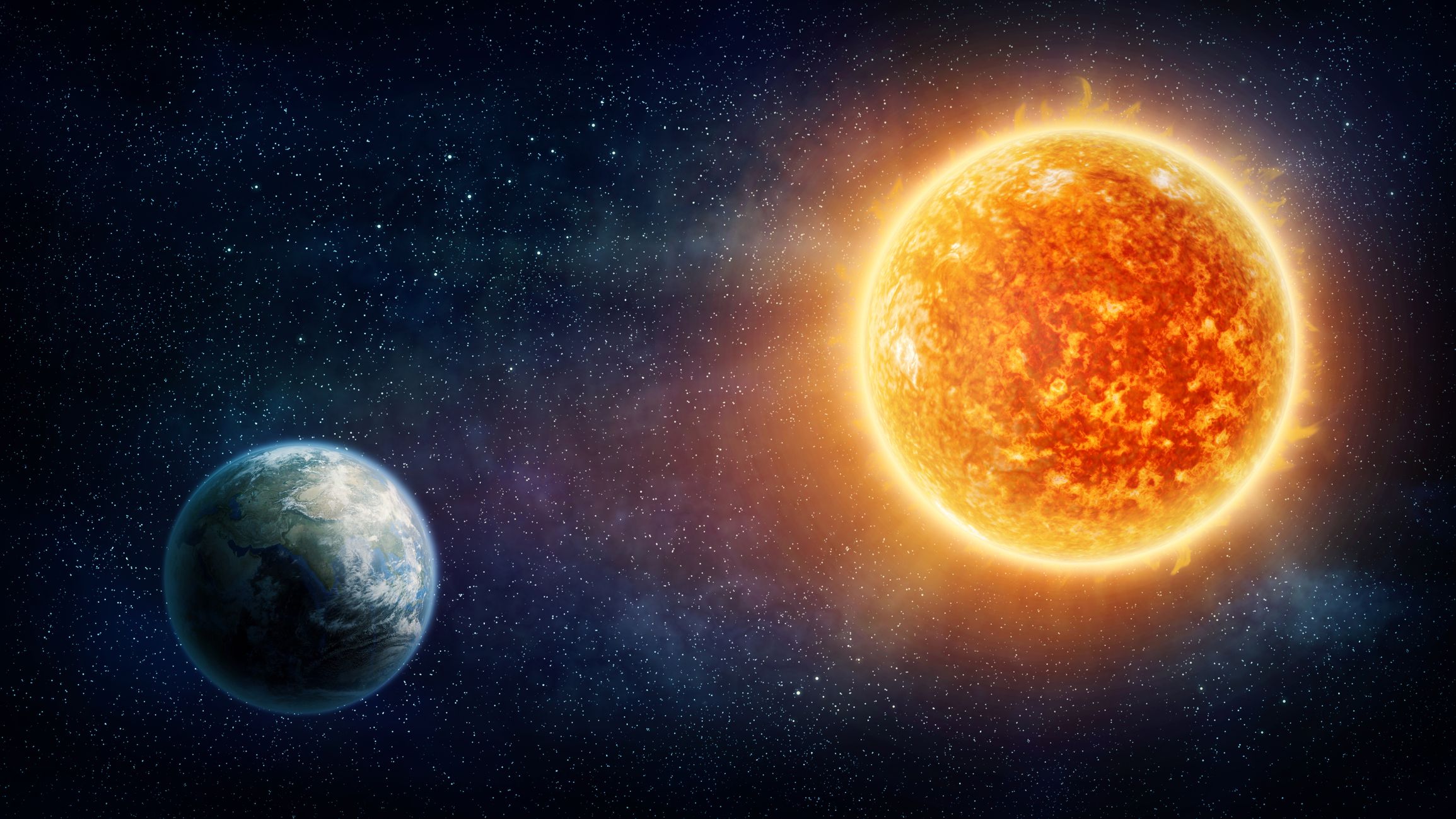
The sun is a crucial component of our solar system and the primary source of heat and light for life on Earth. Some individuals may wonder whether water may actually put out the sun.
First and foremost, it's critical to comprehend the sun's size and the volume of energy it generates. With an approximate diameter of 1.4 million kilometers (870,000 miles), the sun is a large star. Its gravitational pull holds all the planets in orbit around it since it has 99.86% of the solar system's total mass. The nuclear fusion process used by the sun to create energy results in the release of enormous amounts of energy as hydrogen atoms joins to form helium.
The sun generates an enormous amount of energy. The sun generates about 386 billion megawatts of energy each second, which is the same amount of energy as 100 billion tons of TNT exploding each second. This energy generates the sun's heat and light, and it also enables life on Earth.
Let's now analyze water's characteristics and its interactions with the sun. Water is a substance that is plentiful on Earth and is necessary for life as we know it. At normal temperatures and pressures, it can exist as a solid, a liquid, or a gas and is made up of two hydrogen atoms and one oxygen atom. Water is frequently utilized as a coolant in industrial operations since it is an excellent conductor of heat and electricity as well.
Water can be quite handy, but it cannot completely block out the sun. Numerous factors make this possible.
First off, the temperatures and pressures found in the sun prevent water from existing in its liquid state. The pressure in the sun's core is approximately 340 billion times more than the pressure at sea level on Earth, and the sun's surface temperature is about 5,500 degrees Celsius (9,932 degrees Fahrenheit). Water would evaporate at these extreme conditions into its component atoms and molecules, which would then be ionized by the powerful radiation present in the sun's core.
Second, even if water could be introduced into the sun's core, the nuclear fusion reactions that give the sun its power would not be able to be stopped. A tremendous quantity of energy is released in the form of heat and light during the highly intense process of nuclear fusion. It happens when hydrogen atoms are pushed together into helium atoms by the intense pressure and temperature in the sun's core. The sun's light and heat are produced by the enormous quantity of energy that is released during fusion.
The energy needed to fuse the much heavier atoms that makeup water together, such as hydrogen and oxygen, is far more than the energy released during fusion. In other words, it would not be able to create enough energy to put an end to the nuclear fusion events that power the sun, even if you could somehow get water into the sun's core and fuse its atoms together.
Thirdly, the sun would not just "go out" like a flame or a lamp even if it were possible to stop its nuclear fusion events. The sun would eventually collapse in on itself and become a black hole or neutron star as a result of the enormous gravitational forces it carries. It would be disastrous for any neighboring planet for this process to emit such a large amount of energy in the form of gamma rays and other high-energy radiation.
The sun would not be significantly impacted by water being thrown at it. This is due to the fact that the amount of water present on Earth pales in comparison to the sun's size and mass. In fact, even if we could magically transport all of the water on Earth to the sun, it would only make up a tiny fraction of the star's mass about 0.0000000001%.
In addition, the sun is so hot (its core temperature is roughly 15 million degrees Celsius) that any water thrown into it would instantaneously vaporize and disintegrate into its component atoms (hydrogen and oxygen). The continuing nuclear fusion events that power the sun would then consume these atoms. Additionally, the hydrogen found in water molecules would act as fuel for the Sun, meaning that adding water would only increase the Sun's temperature and brightness.
In conclusion, water thrown into the sun would be instantly evaporated and devoured by the sun's high heat and fusion reactions, with little to no effect on the sun itself.